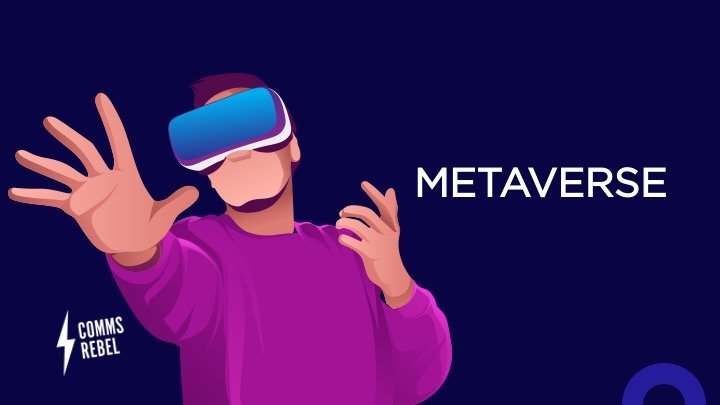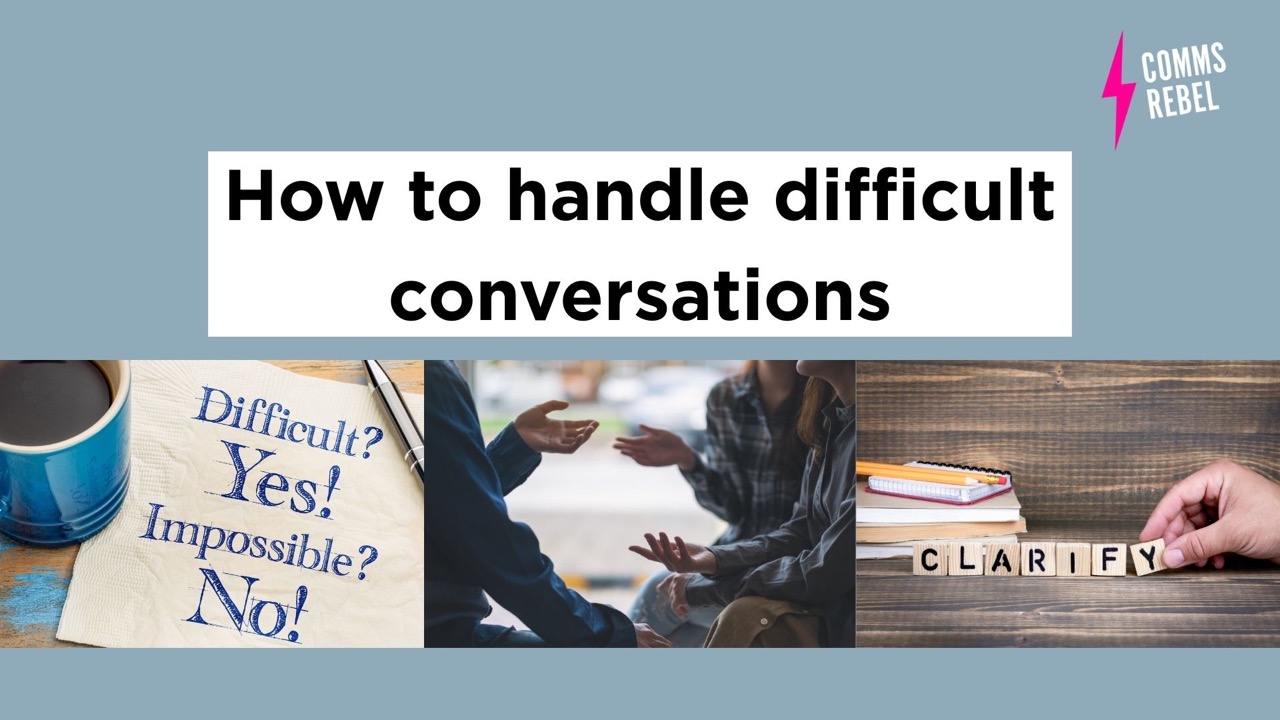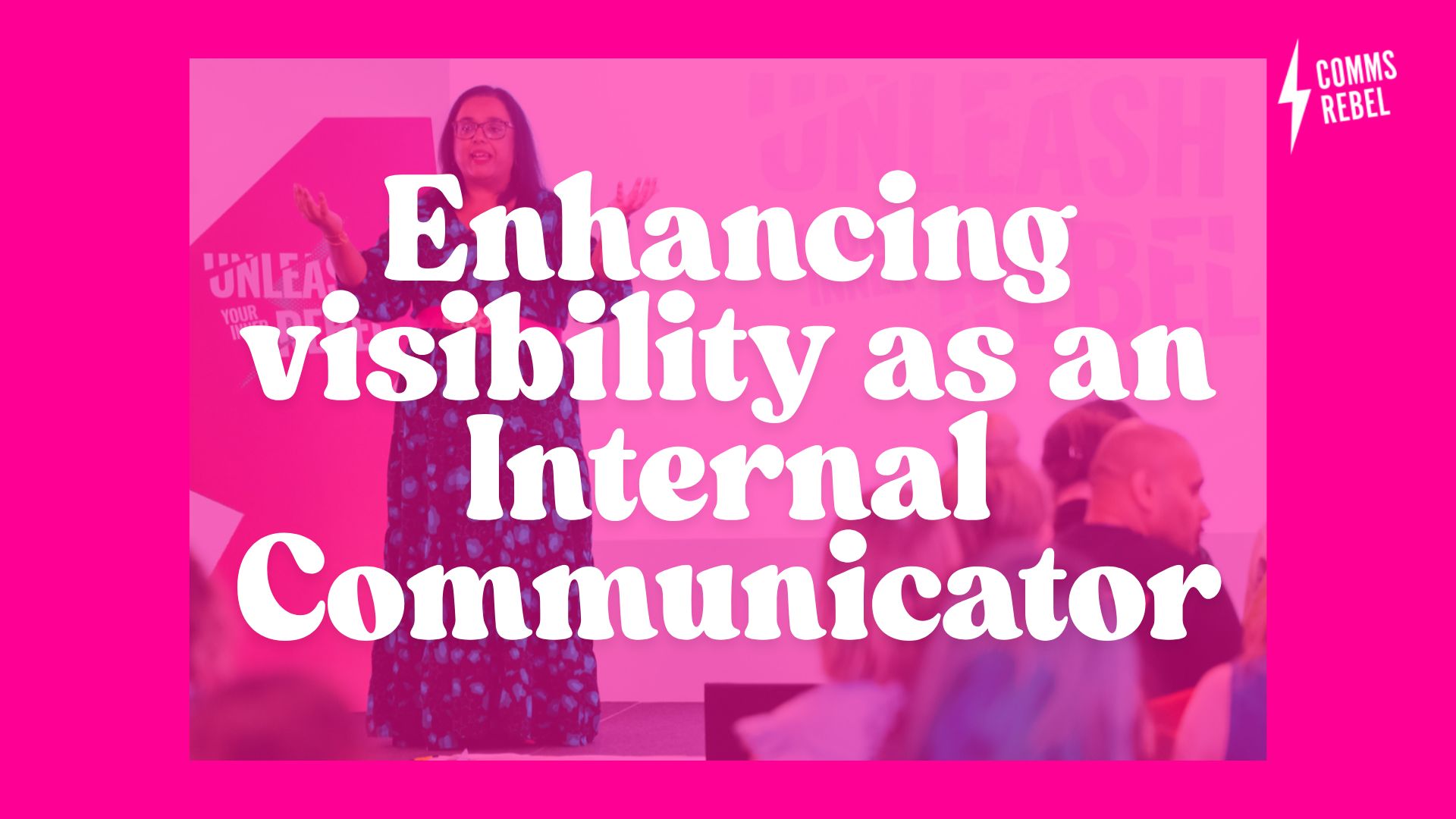Imagine waking up in 2032 and being able to choose where you do your morning workout – on Venice Beach or outside Syndey Opera House. A future that allows you to pick your hours, where you want to work, what projects you want to work on and be paid immediately via your crypto wallet. A place where you can meet your colleagues in virtual rooms, regardless of where they are based. A space where you can meet friends in New York one day and Shanghai the next.
This may seem like utopia but it’s more of a possibility than you think, thanks to the metaverse.
There may be some scoffing at the back of the room, but the metaverse and everything it involves should be taken a little seriously by communicators and business owners. More than 10 Trillion dollars will be invested in this space by 2026, and most tech giants have started to get the ball rolling.
So what is the metaverse? There are many complex definitions (see our jargon buster here) but to put it in simple terms, it’s a virtual reality world, where users can connect and experience things as they would in the physical world. It allows users to interact with a digital projection of objects and people, using existing augmented and virtual reality tech. You can also access a crypto wallet that contains real digital money for digital purchases.
In some metaverses, people are buying digital land for thousands of dollars and dressing their avatars in designer goods via non-fungible tokens. If you want to know more about NFTs, read this.
Why should we care?
It sounds slightly surreal to be thinking of something so advanced when you look at where we are right now with technology in many organisations. Clunky lT systems, VPN tokens, multiple sign-ins, outdated phones, messy infrastructures and inaccessible platforms. And as frustrating as this seems, think back to 25 years ago (if you’re old enough!) – when we were still connected to a 56kb modem, and a webpage took three minutes to load.
With the shift from Web 1.0 to Web 2.0 bringing so much change, you can only imagine the possibilities of Web 3.0 – a place where the metaverse will belong.
The concept of the metaverse isn’t new. It has existed in the gaming world since the mid-2000s, but with folks like Zuckerberg and Microsoft’s Nadella seeing the transformational benefits this world could bring to the modern workplace, it will be fast-tracked into the mainstream.
‘Mesh’ is Microsoft’s version of the metaverse and they have begun rolling it out to organisations as an add-on to Teams. Similarly, Facebook has launched it’s own virtual office technology ‘Horizon’ .
So what does all this mean for Internal Comms?
These platforms are just two new ways people will communicate with each other in the workforce.
But with where we are right now in terms of knowledge base and current infrastructure, it’s going to be a while before metaverse becomes more mainstream in a modern workplace. This doesn’t mean we take our eye off the ball.
We need to take this opportunity and start thinking about the impact this technology will have on the colleague experience journey in the future.
We also need to understand leaders’ appetite for investment, especially when it comes to bringing in expert knowledge.
Figuring out the average skill set in your organisation will also be helpful. No disrespect to folks who work in IT but from the research I undertook and the ever-evolving technology, some of the expertise required will be beyond the average IT team’s knowledge. So it’s essential to understand what the future digital strategy will look like.
If you’re not invited to the conversation, then make sure you bring your chair along. This type of Digital transformation requires specialist skills and experience and as internal communicators, we need to look at our skill gaps.
Learning and building knowledge takes time, and it’s better to be ahead of the curve advising leaders on emerging trends than being left behind
As internal communicators we need to review our current channels and look at innovative ways we can start introducing things like mixed reality, using virtual and augmented tech, so we are future fit.
We’re already seeing many organisations use this tech quite successfully such as training in healthcare. Six years ago, I introduced virtual reality to Manchester Airport as a new channel, and it transformed the way we communicated (a major change programme) to colleagues.
There’s so much potential in this space, and folks are starting to understand the benefits of this technology within employee experience: more personalised training, real-time experience and connection to a hybrid / remote workforce.
The challenges
But with everything, there are also some downsides. And there’s still quite a lot of work to do before we can all jump on the bandwagon.
The biggest challenge is cost. It isn’t cheap and digital poverty is a real concern. Not everyone will have access to sophisticated technology and the centralised infrastructure will not be able to cope.
Then we have the privacy and security challenge. This world is still very much unregulated. There have already been reports of digital sexual abuse and violence. Regulations and laws need to be established before it can be expanded.
There are environmental benefits in terms of less travel, therefore saving on carbon emissions. However a recent study estimates that training just one AI model could generate 626,000 pounds of carbon dioxide, which is more than five times the amount of greenhouse gases emitted by a car in its lifetime.
However, as tech evolves and more people start to invest and research, I have no doubt that some of these challenges will be solved over time.
Where do we go from here?
I would encourage you to engage with this trend, there are articles popping up left, right and centre as people realise that it’s necessary to start paying attention.
Recognise your learning areas – if you’re met-adverse, look for training (Gwyneth Paltrow just hosted a webinar for women interested in finding out more about NFTs!) or ask your network if they have any pointers, I was surprised to find a lot of my friends already have crypto wallets and a catalogue of NFTs, including my 65 year old mum!
Also follow experts in this space like Cathy Hackl, Yat Siu and listen to my latest podcast, via A Leader Like Me where we chat to Rahul Sood, who talks about this space.
Get in touch, I’ve been on a deep dive and am really excited for the potential the metaverse can offer to the world of internal communication and I’d love to support you as you embrace it too.


